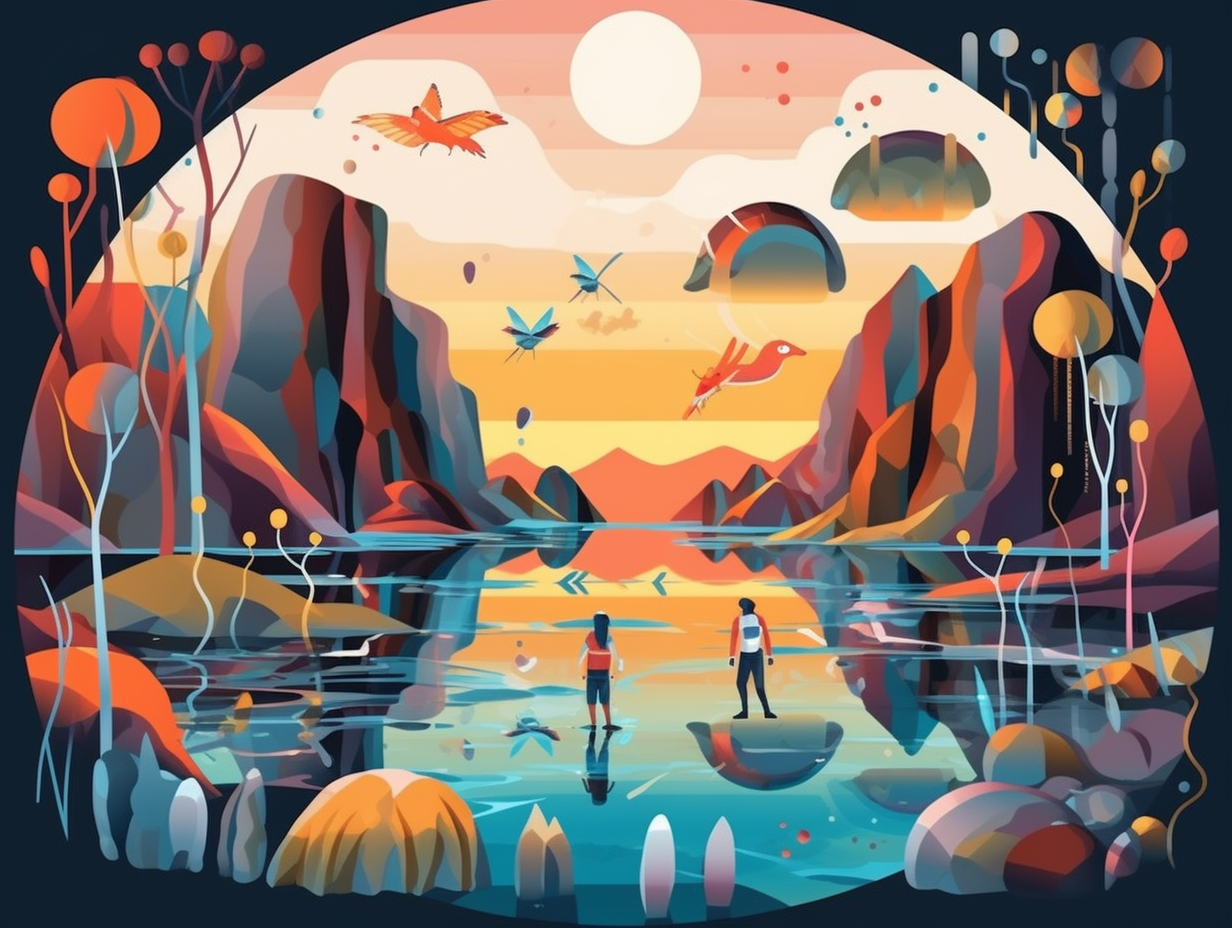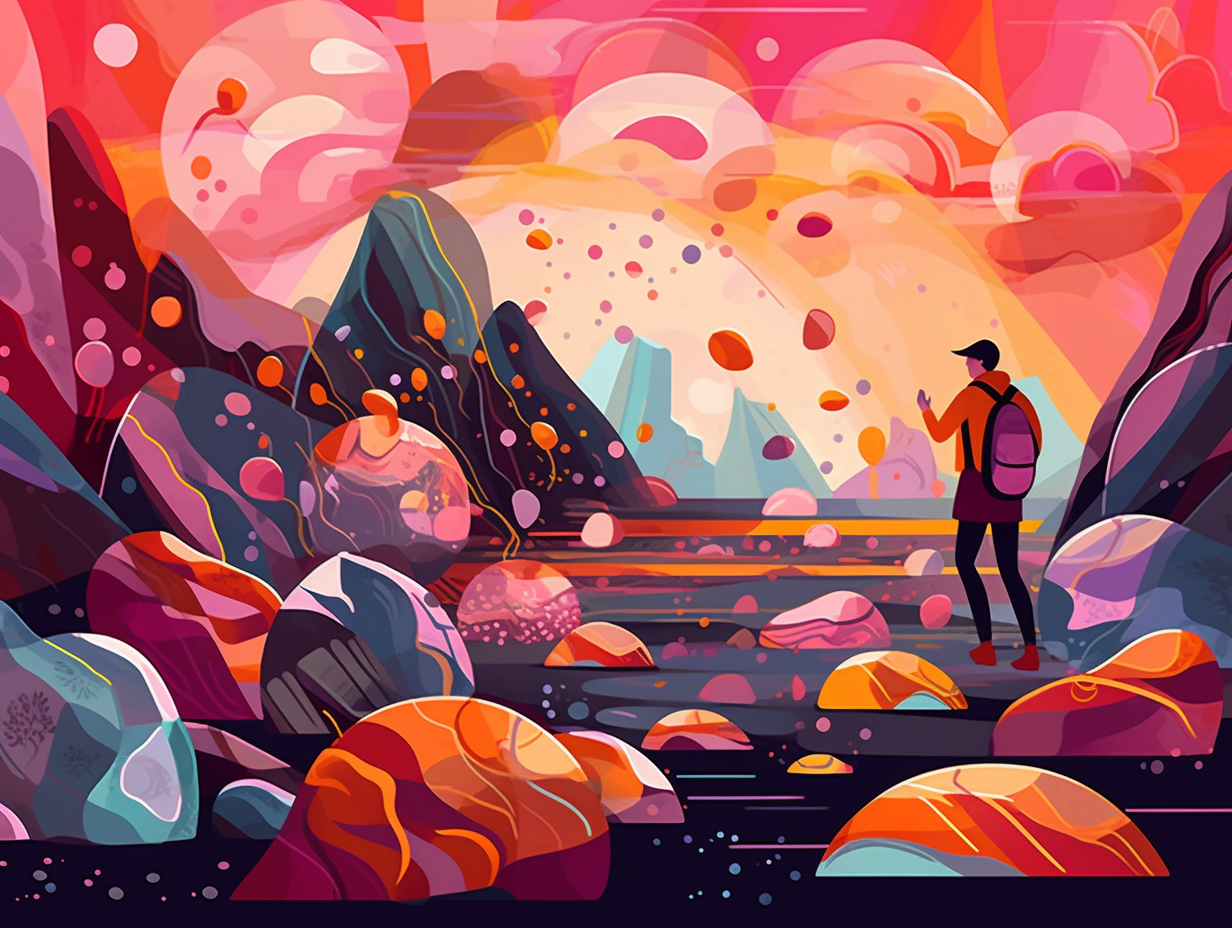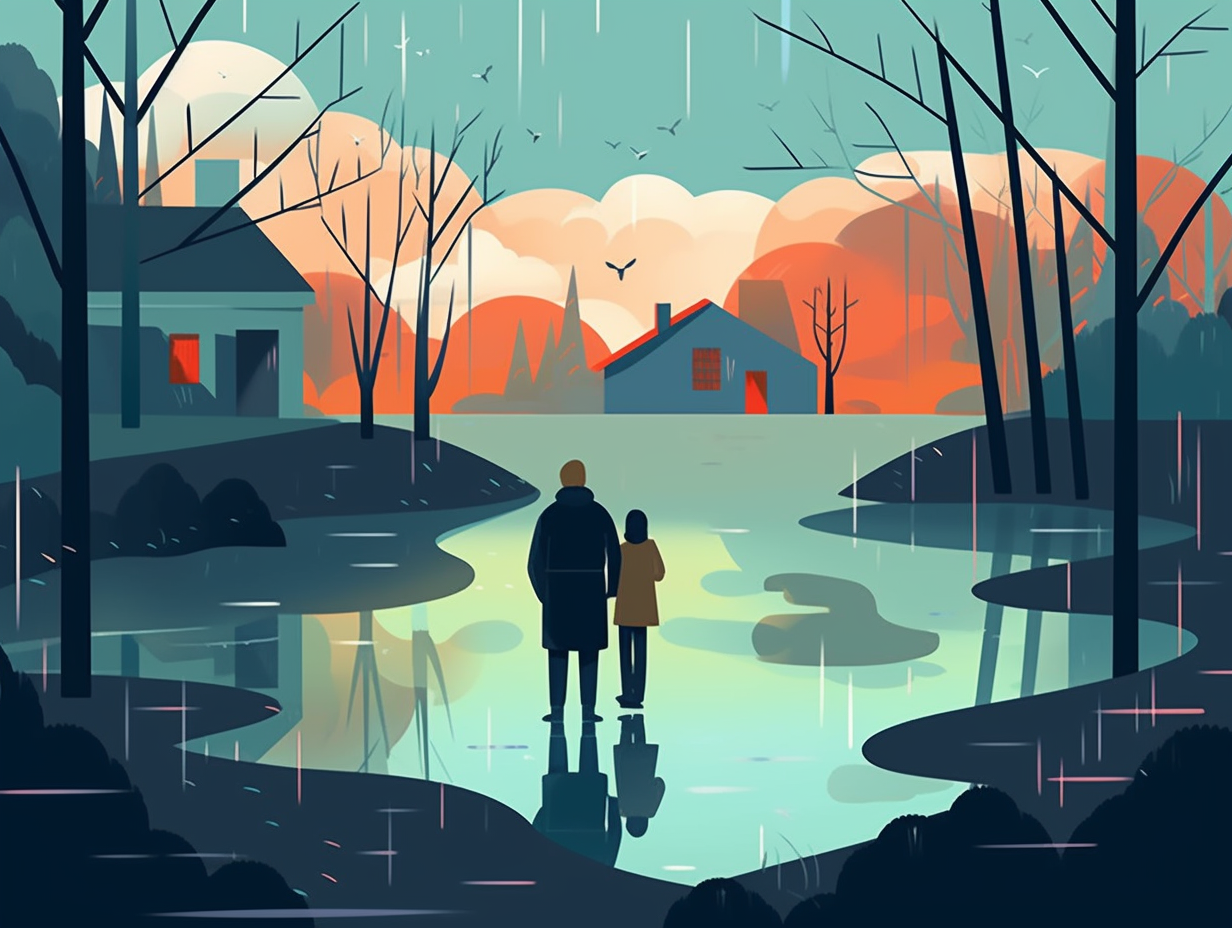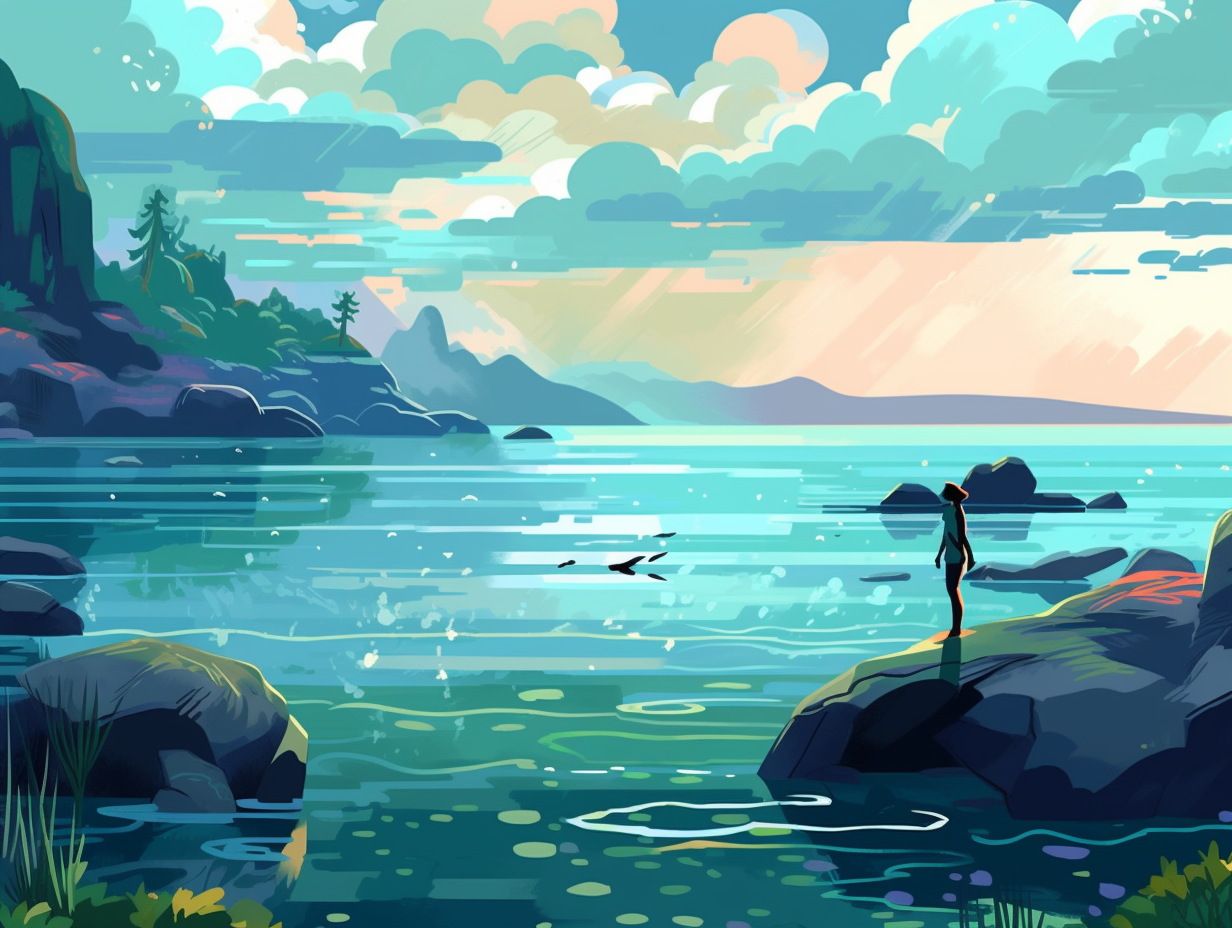Discover the Wonders of Nature: Top 12 Fun Facts About Erosion You'll Love to Learn!

1. Cotton Candy of Geological Wonders
Wind erosion, the artful sculptor of nature's sandcastles: it creates loess, a sediment so nutritious and yet so fragile, that it's basically the cotton candy of geological wonders! This fabulous soil can transform into agricultural gold with just the right weather entourage, but farmers have to be careful—too much W(h)ind, and they'll be left with nothing more than a crumbly mess.
Source => waterfiltersfast.com
2. Colorado River: The Unpredictable Diva
You know what they say about a river with a big personality: it rocks! The Colorado River, that show-off, has been slowly but surely widening the Grand Canyon over millions of years: Despite popular belief, the canyon is widening less than the claimed 6 inches per year, with the exact rate depending on factors such as river flow, rock type, and weather patterns – talk about a diva's unpredictable ways!
Source => nps.gov
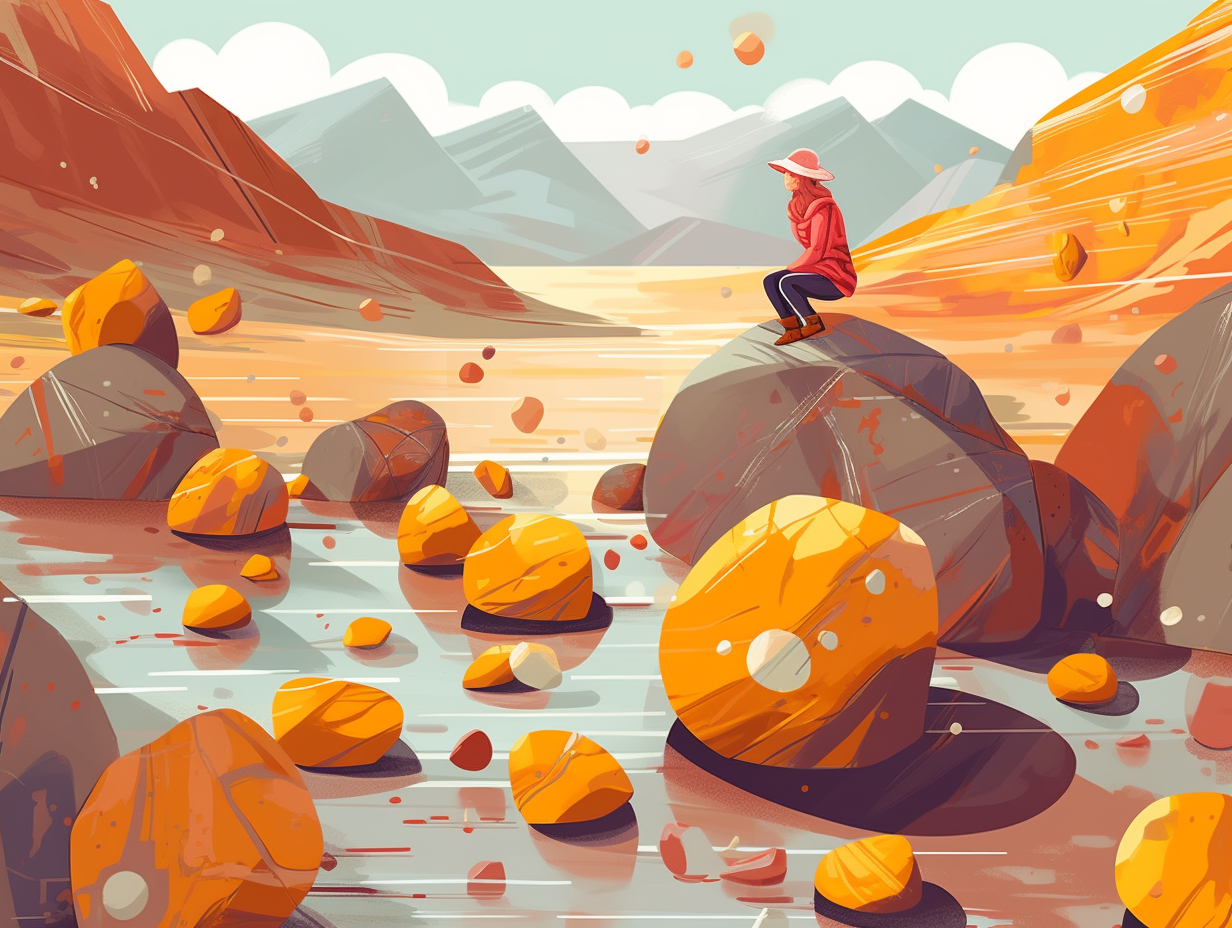
Discover the amazing storytelling abilities of sedimentary rocks, as they preserve Earth's history layer by layer, with limestone, sandstone, and shale acting as our planet's natural librarians! 📚🌍
=> Fun Facts about Sedimentary-Rocks
3. Morning Brew Erosion: Tea & Coffee Dregs
Did someone spill the tea? Wait a minute, it's just erosion dropping by for a sip! Delightfully unexpected but true: the coffee grounds and tea leaves that accumulate at the bottom of your mug are actually a type of sediment called dregs, making your morning brew a fun product of erosion.
Source => nationalgeographic.org
4. Sedimentary Rocks: Unsung Heroes of Earth's History
If the Earth were a best-selling novel, sedimentary rocks would be the unsung heroes guarding the plot twists: these accumulations in basins reveal intricate details about our planet's history, chronicling tectonic shenanigans, climatic mood swings, and sea level drama dating back millions of years, all through the ever-fascinating study of stratigraphy!
Source => opengeology.org
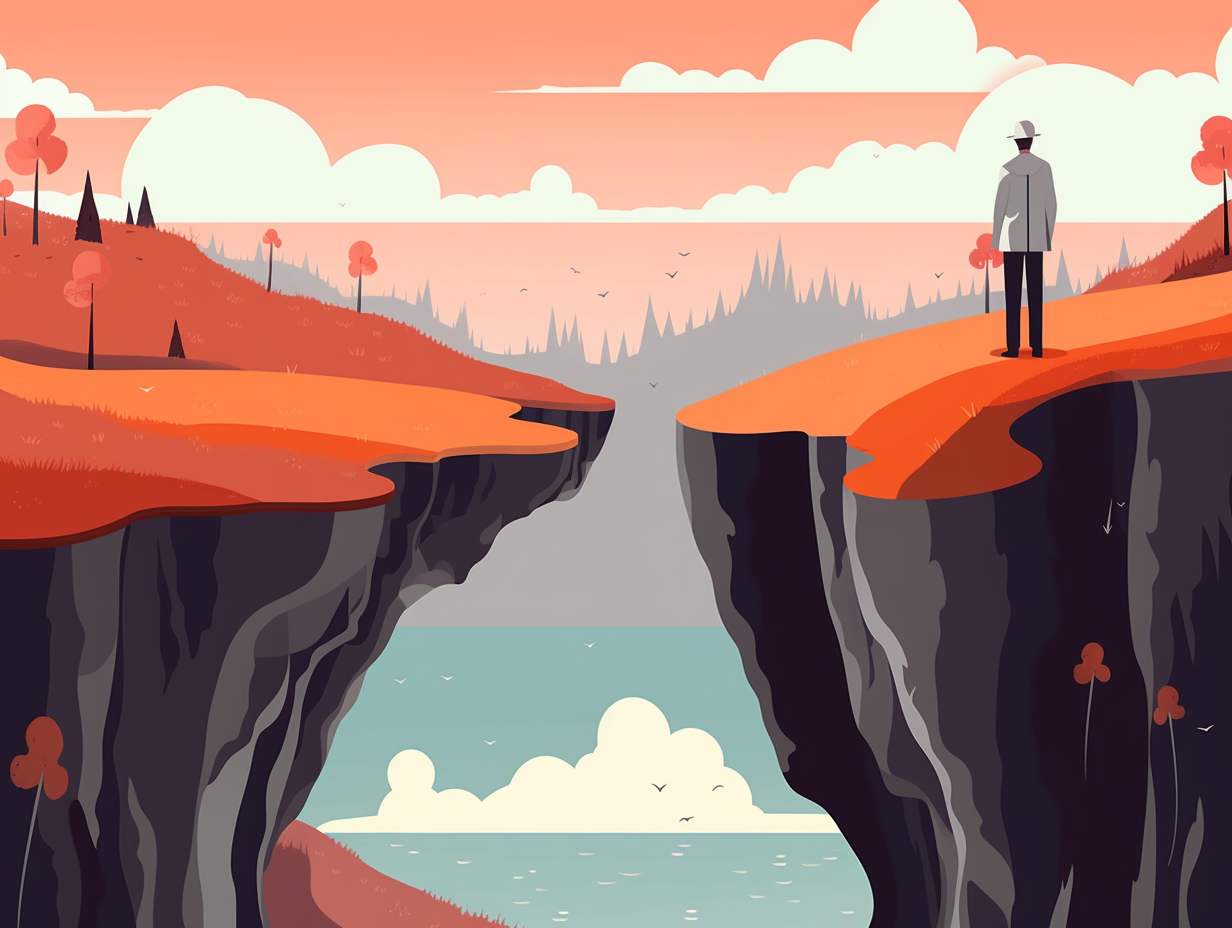
5. Rivers' Colorful Fashion Show
Feeling blue? Rivers certainly do – but sometimes they prefer rocking red, outrageous orange, or going green like a diva on a kale cleanse: Erosion gradually weathers rocks, releasing minerals like iron, manganese, and calcium carbonate into the river, which dissolve in the water and create a colorful fashion show of red, orange, blue, green, and even blue-green hues. But watch out, because sediment, soil runoff, algal blooms, and pollution can also sneak backstage and rile up the river's star-studded color palette – disrupting river ecosystems while they're at it!
Source => americanrivers.org
6. Beaches on a Sandy Space Diet
Picture your favorite sandy spot being "shore" on space: 24% of the world's beaches are experiencing chronic erosion, losing more than 0.5 meters of their sandy real estate per year and, over the last 33 years, have severely impacted their natural beauty and structural stability.
Source => nature.com
7. Dust Bowl: When Nature Soiled Farmers
You could say Mother Nature hit farmers with the "soiled" side of her personality during the notorious Dust Bowl: Erosion played a significant role in the ecological disaster, which caused 35 million acres of cultivated land to become useless for farming and another 125 million acres to rapidly lose its topsoil.
Source => history.com
8. Mother Nature's Geological Art Masterpieces
Mother Nature's got an impressive sculpting arsenal, giving Michelangelo a run for his money: Erosion creates geological wonders like hoodoos, tafoni, and karst topography, thanks to a mix of weathering and erosion processes that break down and transport rock material. Feast your eyes on these natural masterpieces during your next wilderness escapade!
Source => opengeology.org
9. Nile's Nutritious Silt Smoothie
Why did the sediment cross the Nile? To get to the other, richer, side: The yearly floods of the Nile River have been sprinkling Egypt's agricultural land with a nutritious silt smoothie for thousands of years, gifting a delightful 4 million metric tons (4.4 million short tons) of sediment to its banks and keeping the Nile neighbors' soil game fertile and strong.
Source => nationalgeographic.org
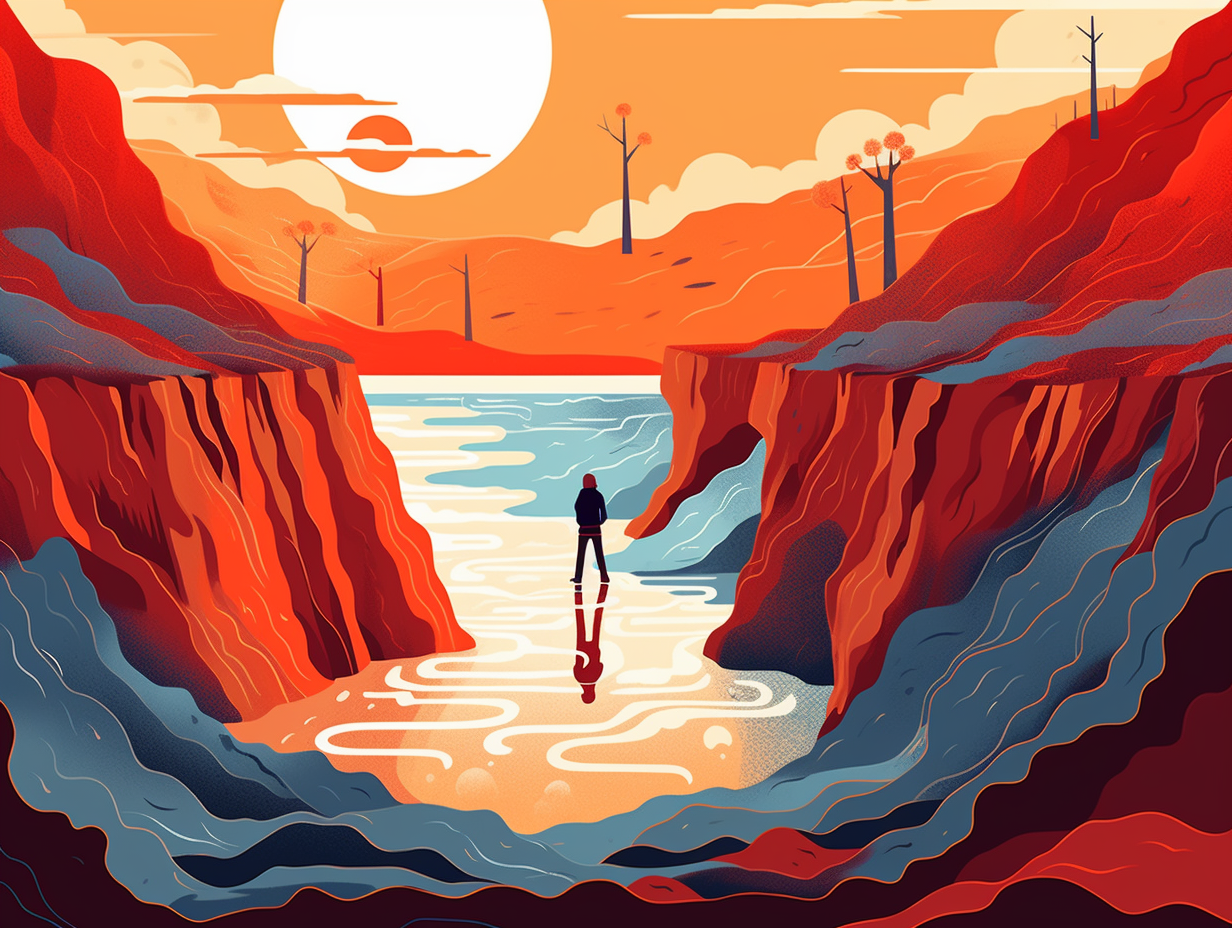
10. Meandering Streams' Cha-Cha Dance
If meandering streams were dance partners, they'd be doing the cha-cha down the riverbed: These crafty watercourses not only generate oxbow lakes, but also shimmy laterally and gradually cha-cha their way downstream. Courtesy of some outer-bank spanking and inner-bank confetti, erosion keeps the channel size intact while blessing us with a perpetually changing landscape.
Source => nps.gov
11. The Wave: Nature's Own Picasso
Move over, Picasso, Mother Nature has her paintbrush out: The Wave in Coyote Buttes, near the Arizona-Utah border, is a mesmerizing sandstone rock formation primarily sculpted by wind erosion and admired for its curvaceous and colorful artistry, ranking it as one of the most photographed landscapes in the United States.
Source => treehugger.com
12. Fungi & Plants: The Tiny Demolition Team
Who knew that the world's tiniest demolition team would be fungi and plants? They hold tiny jackhammers in the form of carbonic acid inside their microscopic hands: This minuscule yet mighty acid stems from the decaying remains of the plants and fungi, capable of weakening and dissolving rock, leaving its mark on Earth's rocky terrain.
Source => nationalgeographic.org
Related Fun Facts

